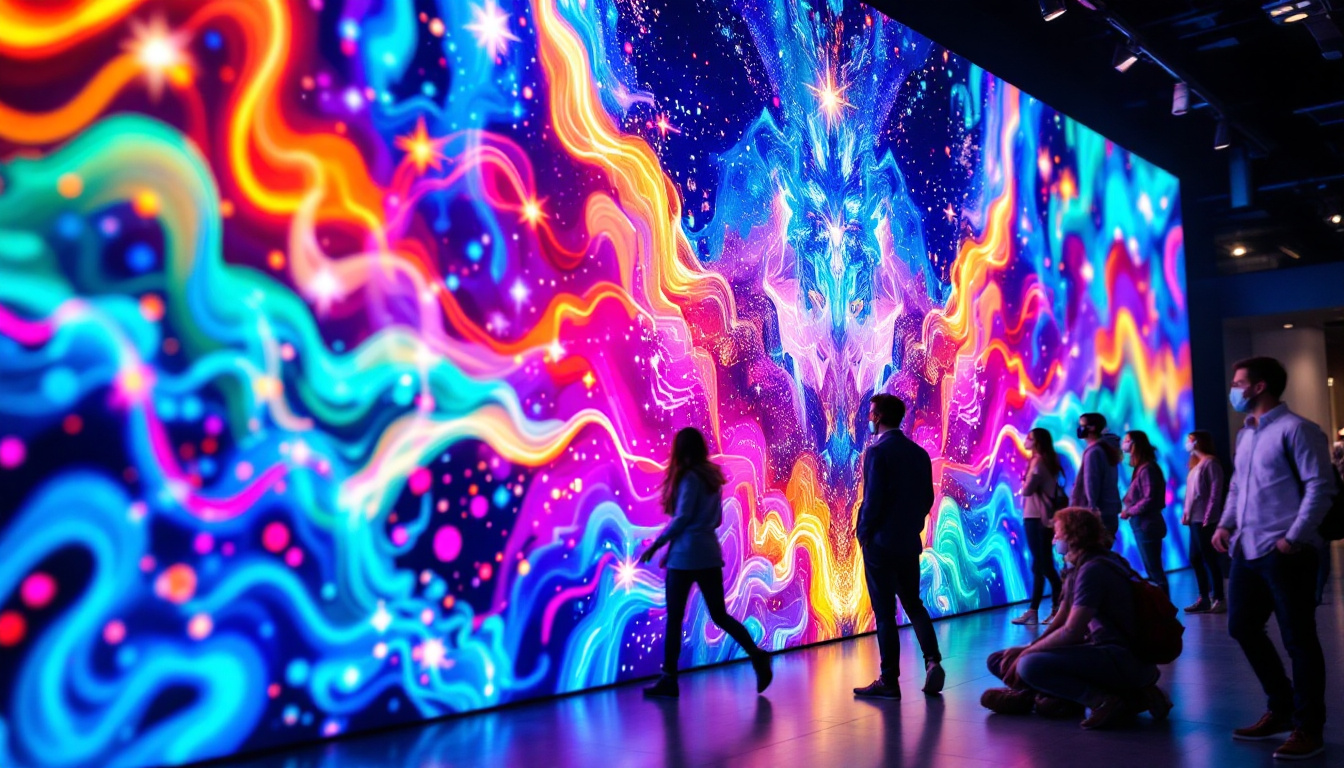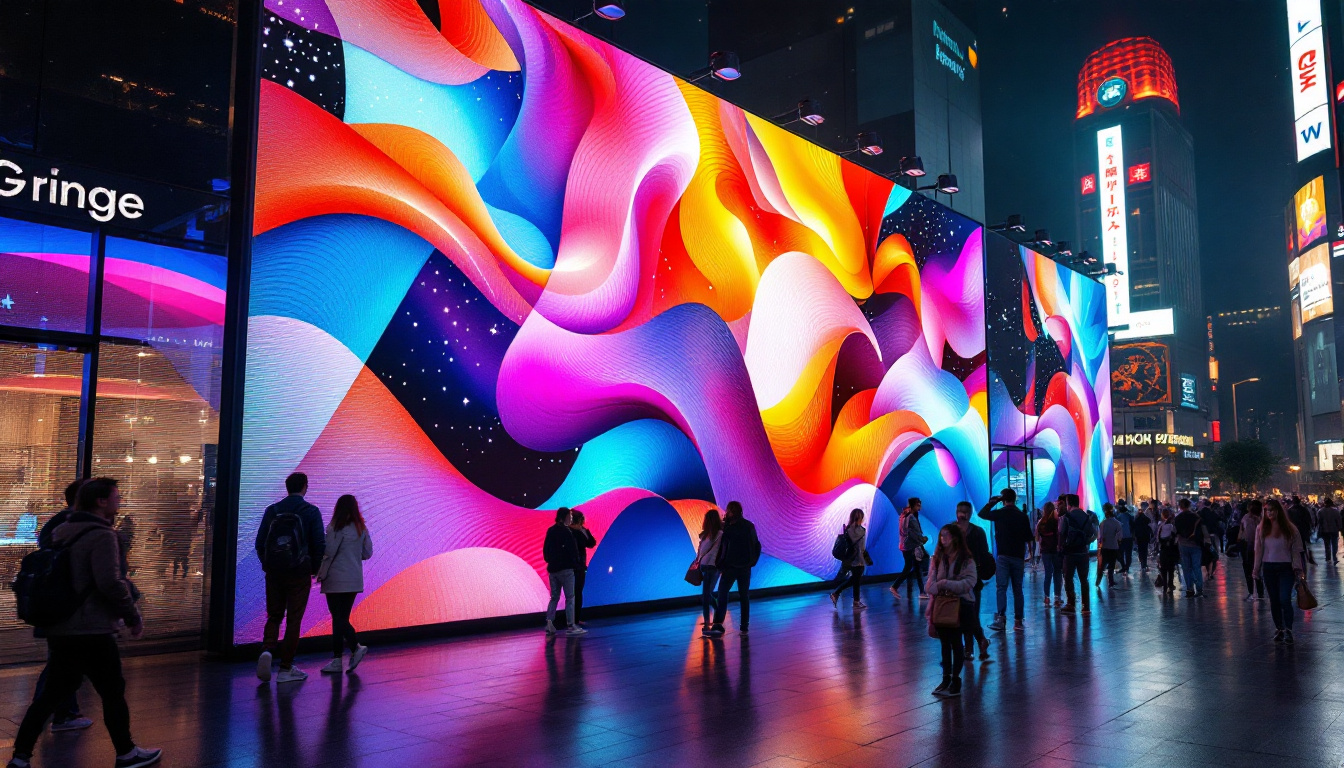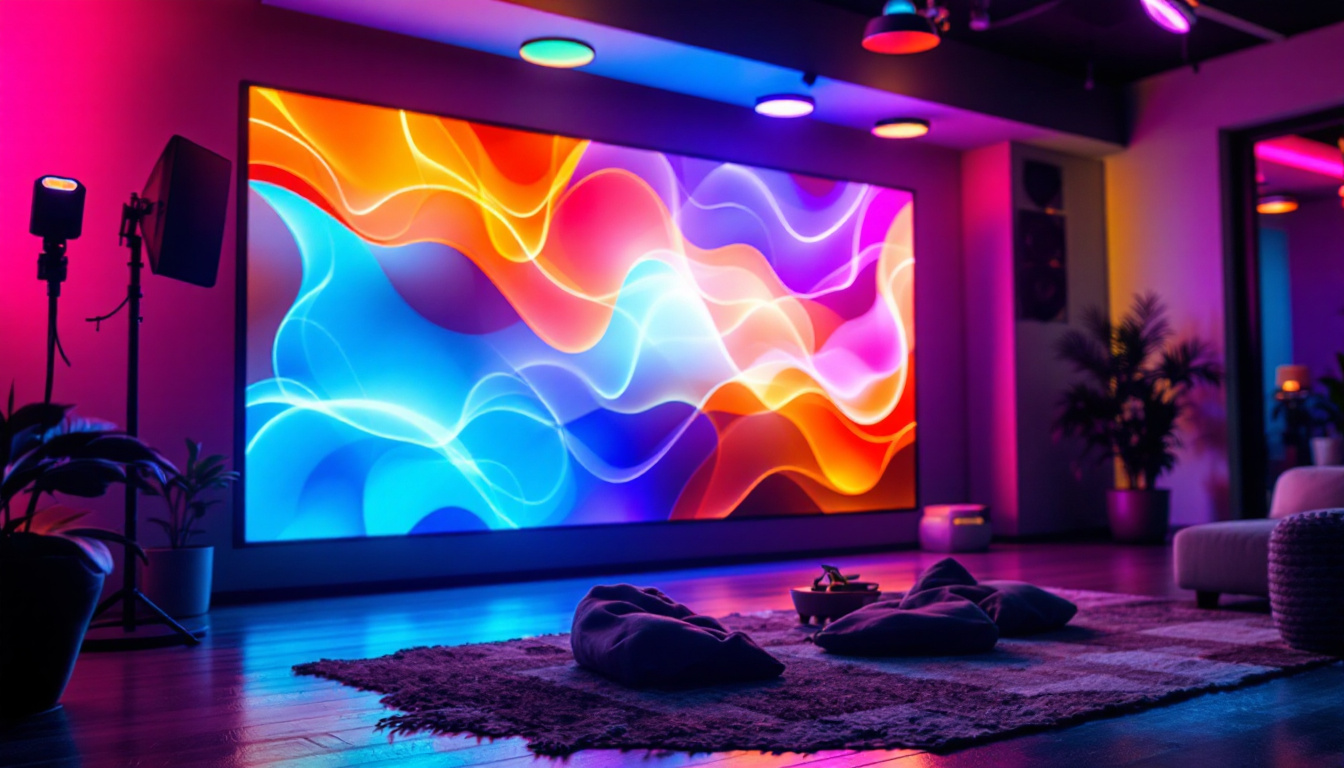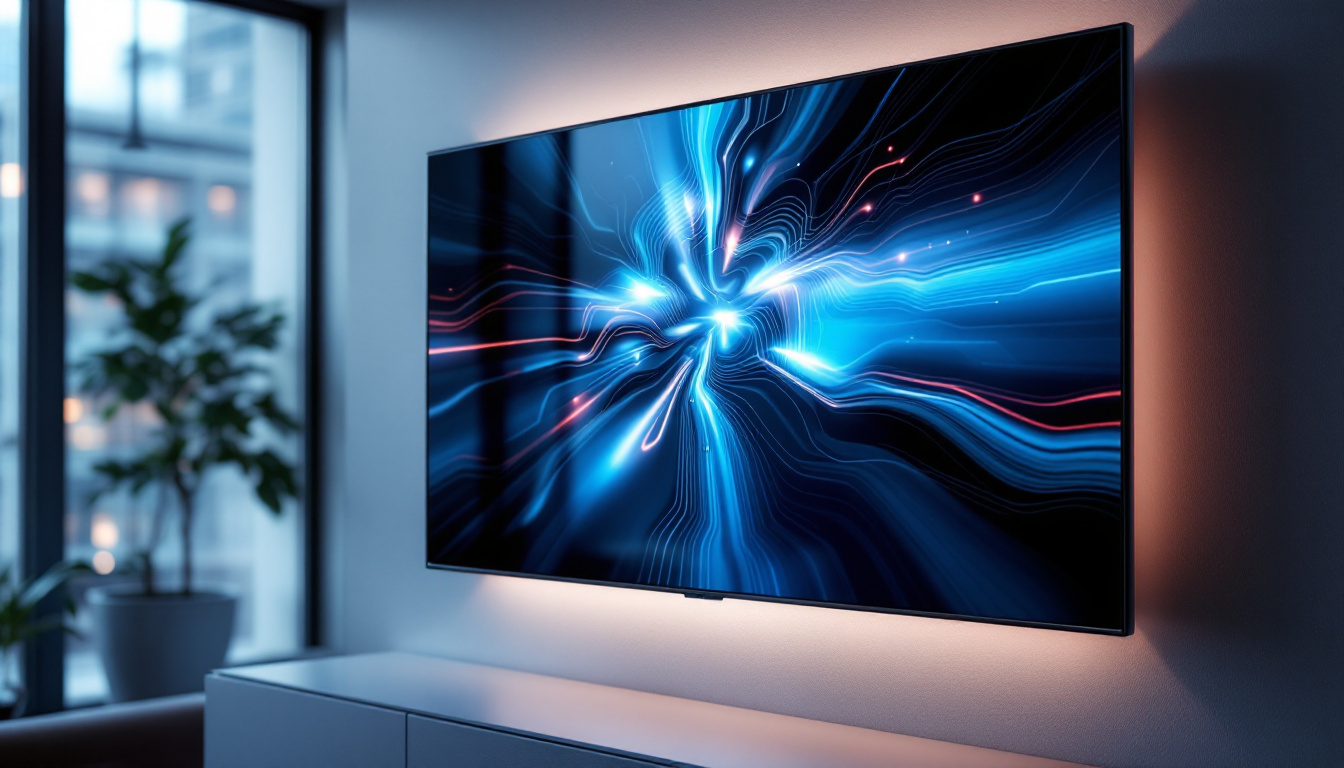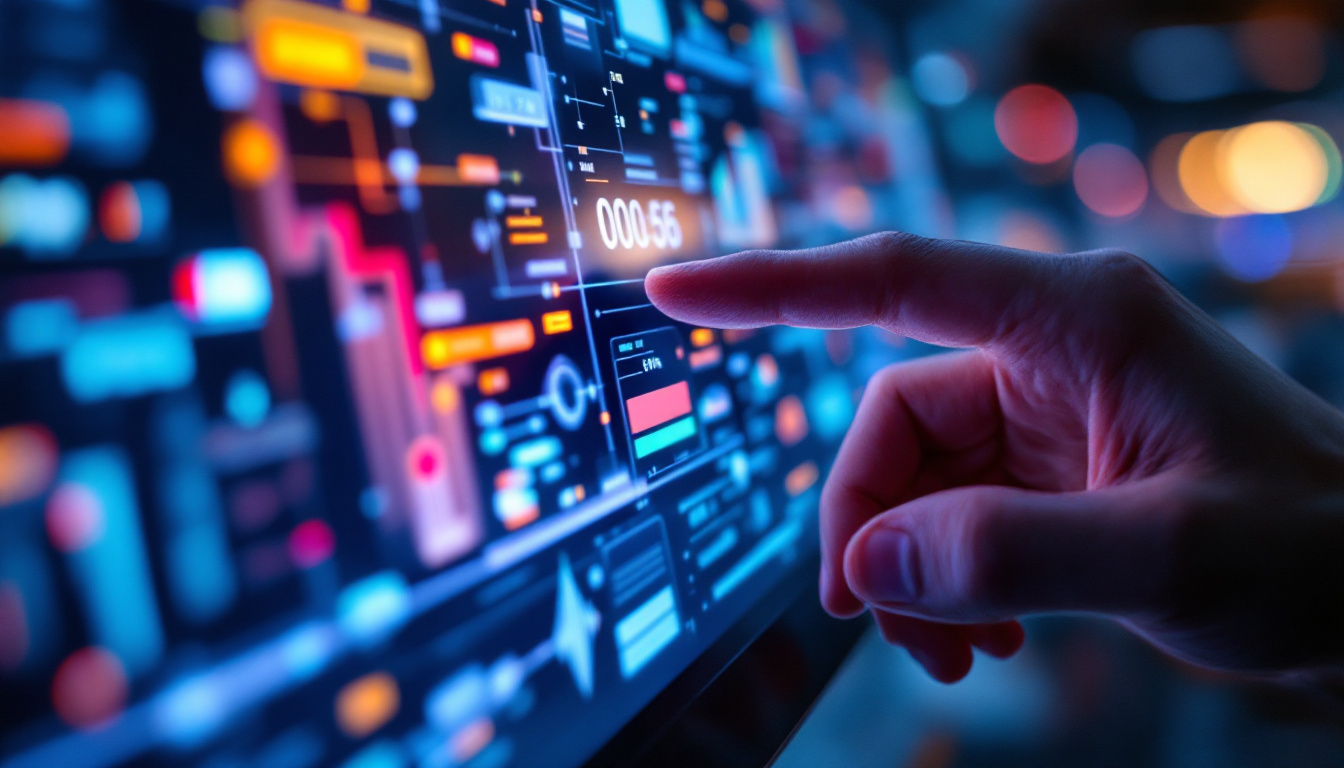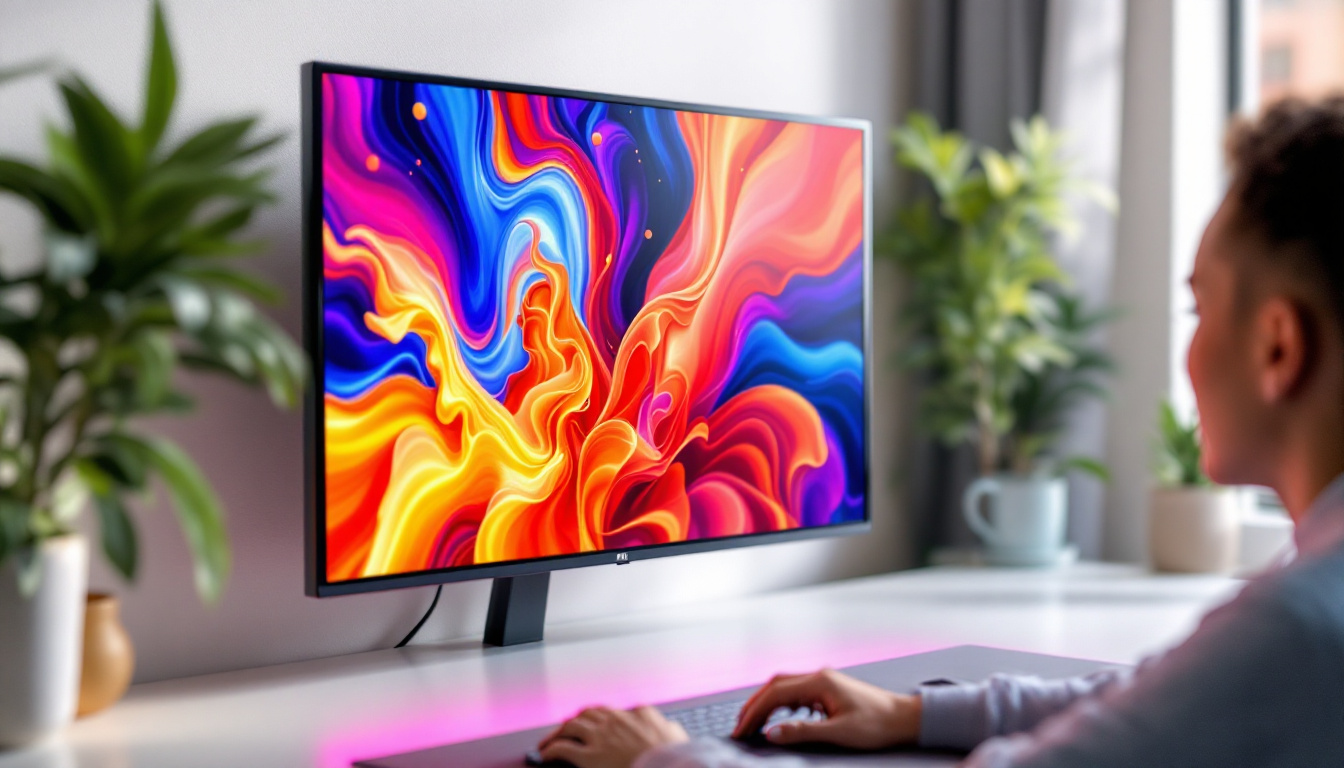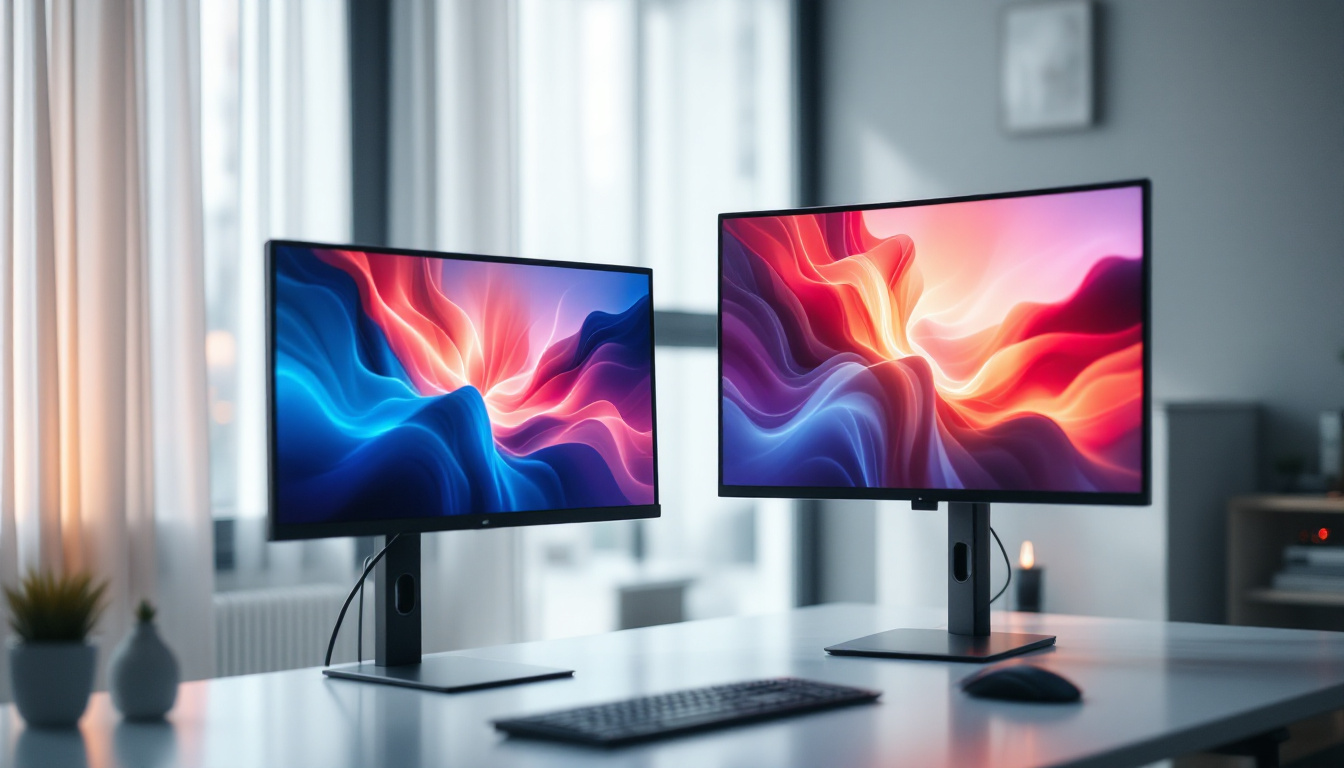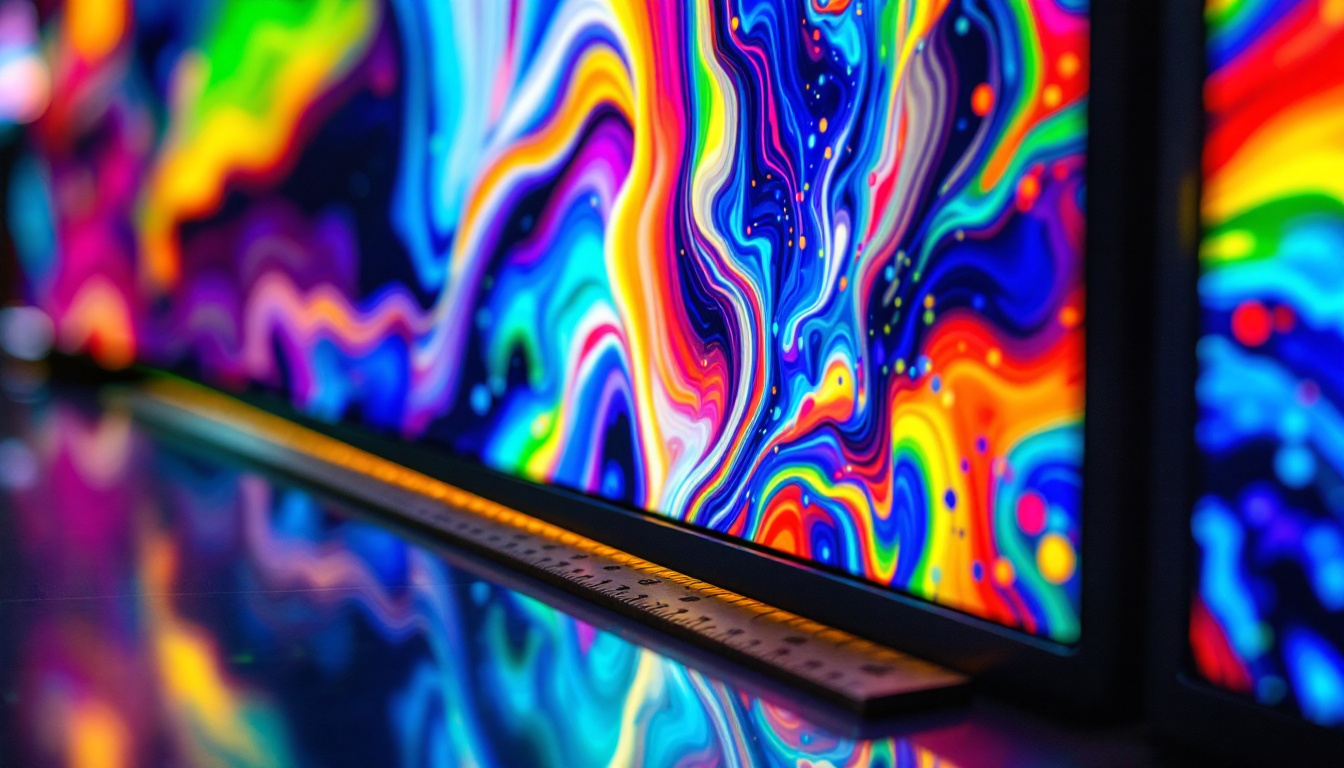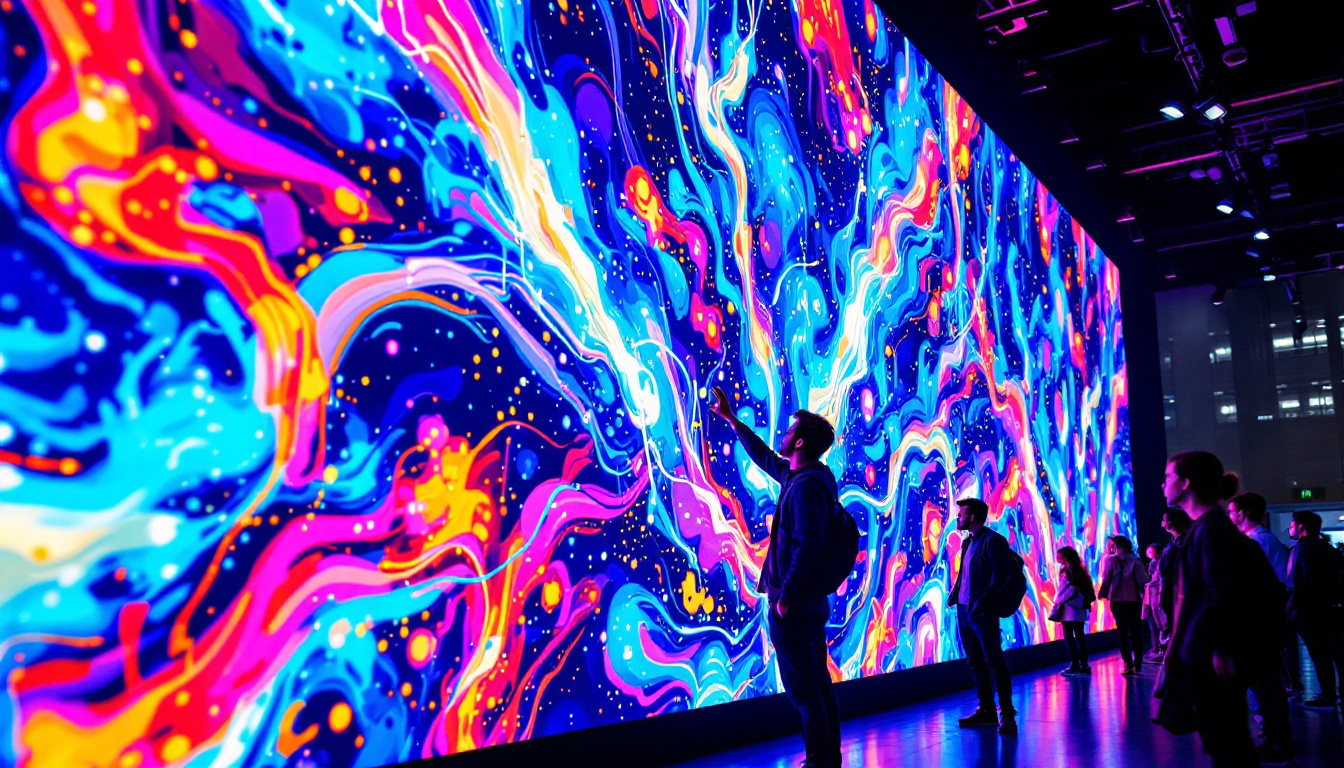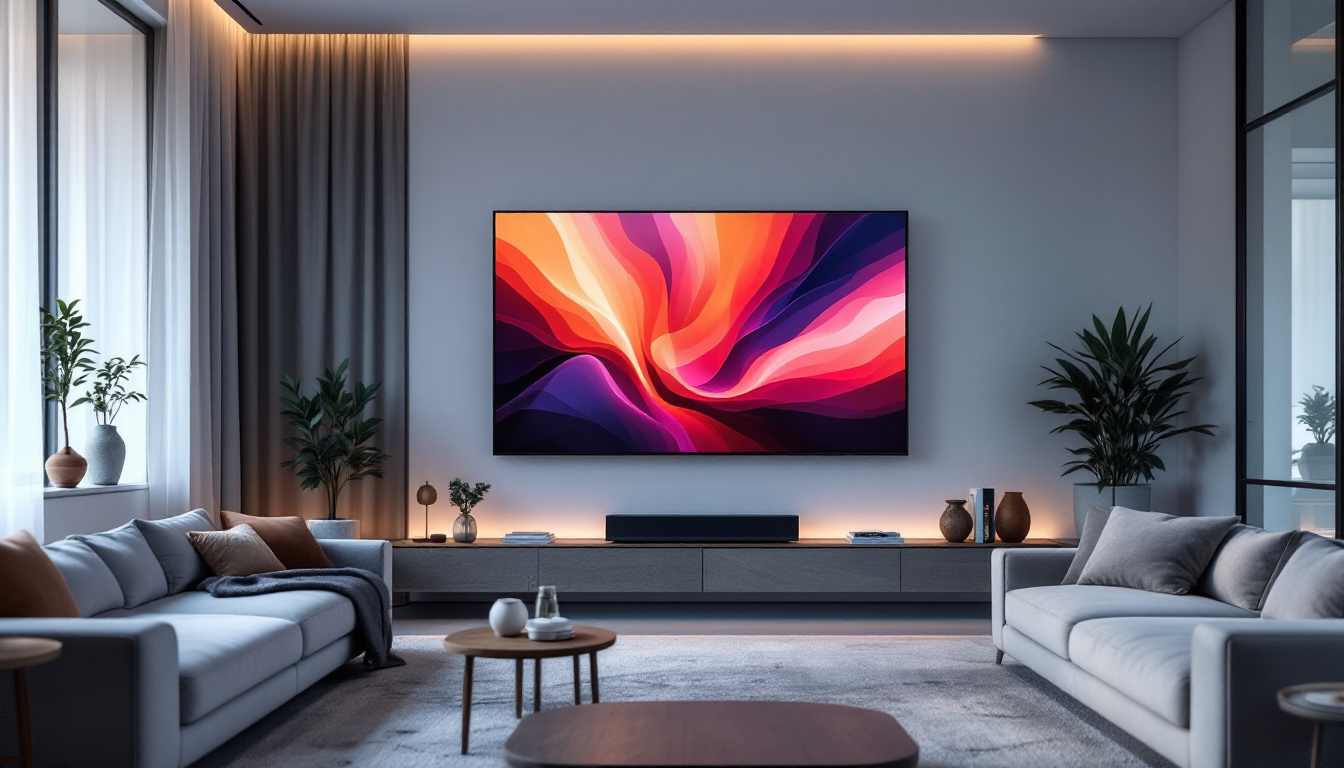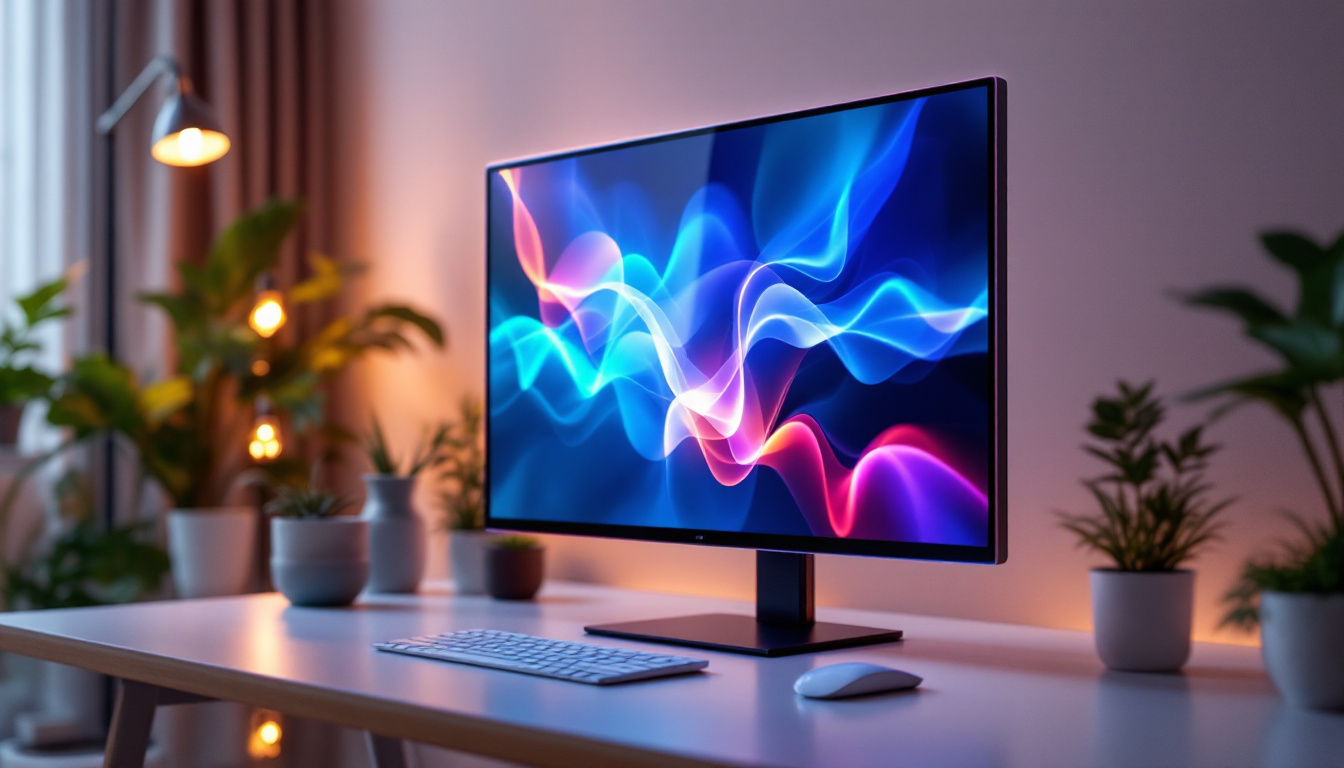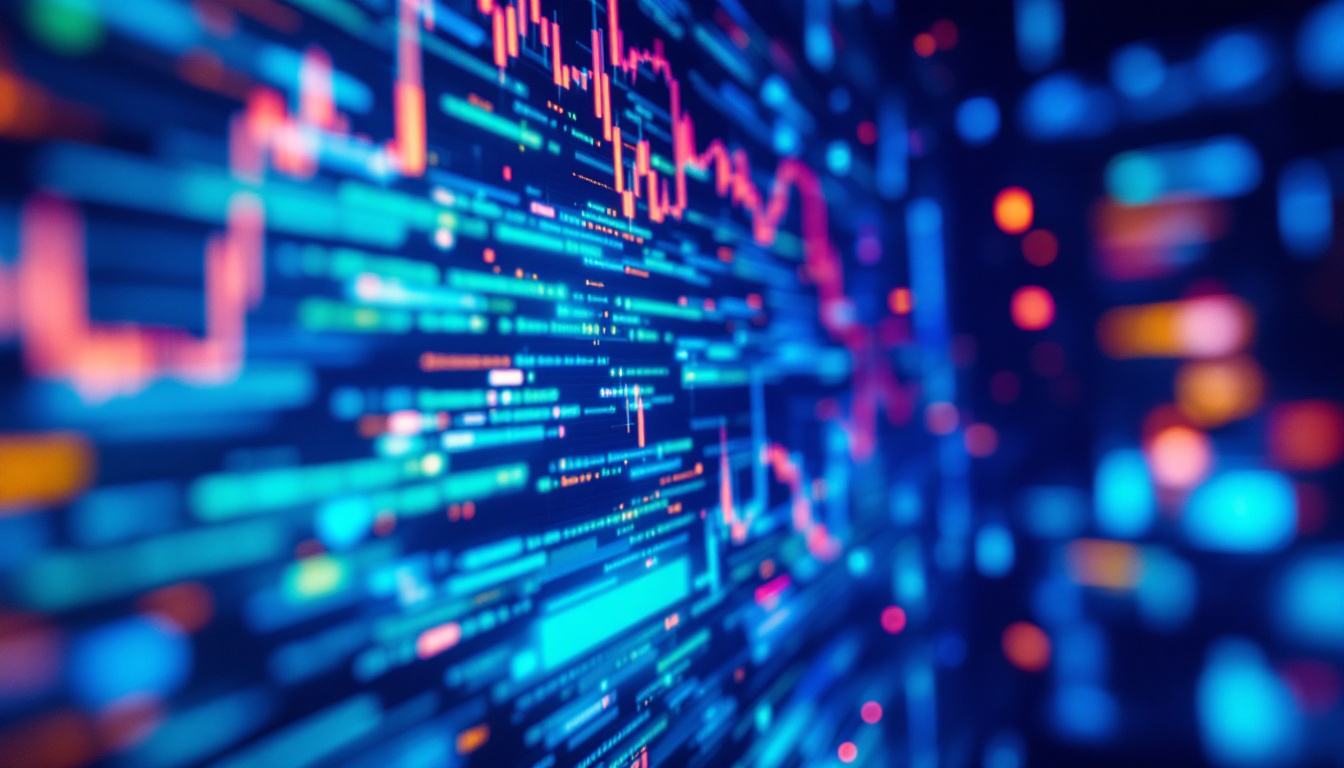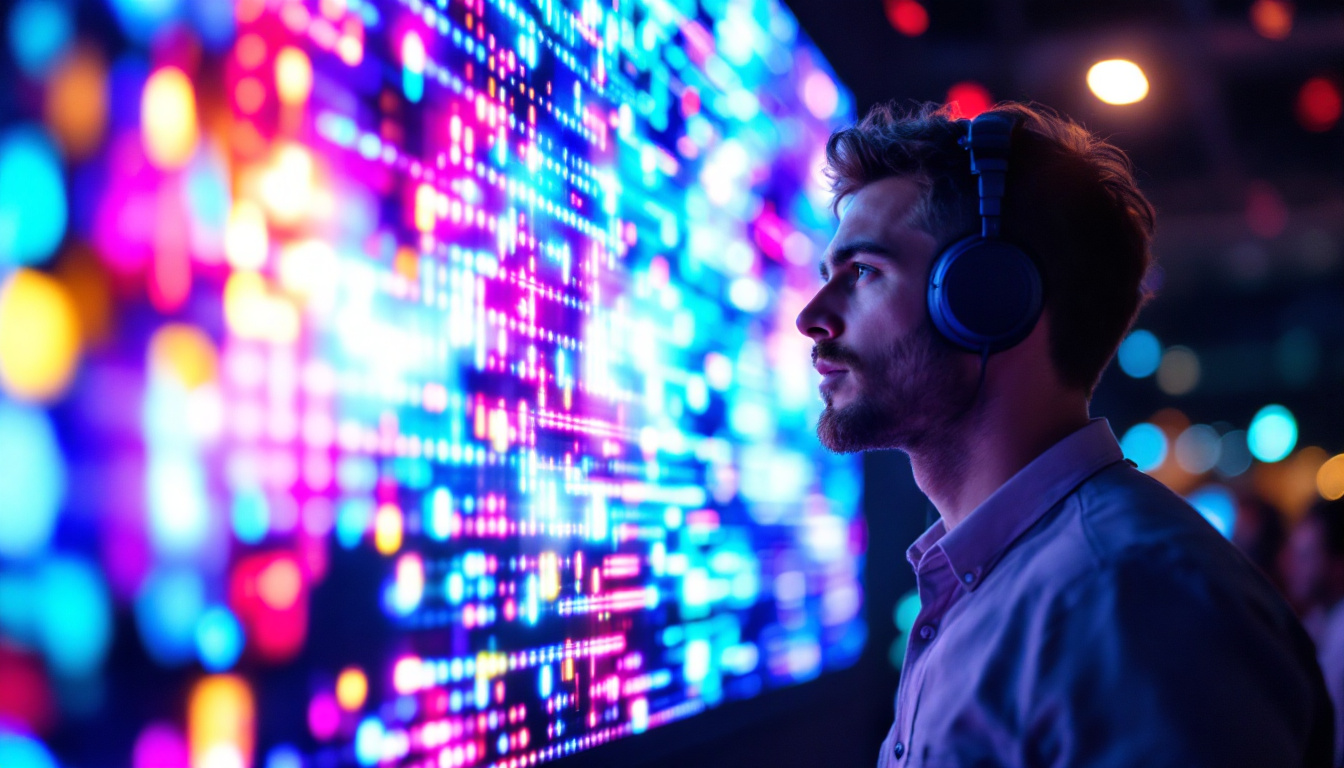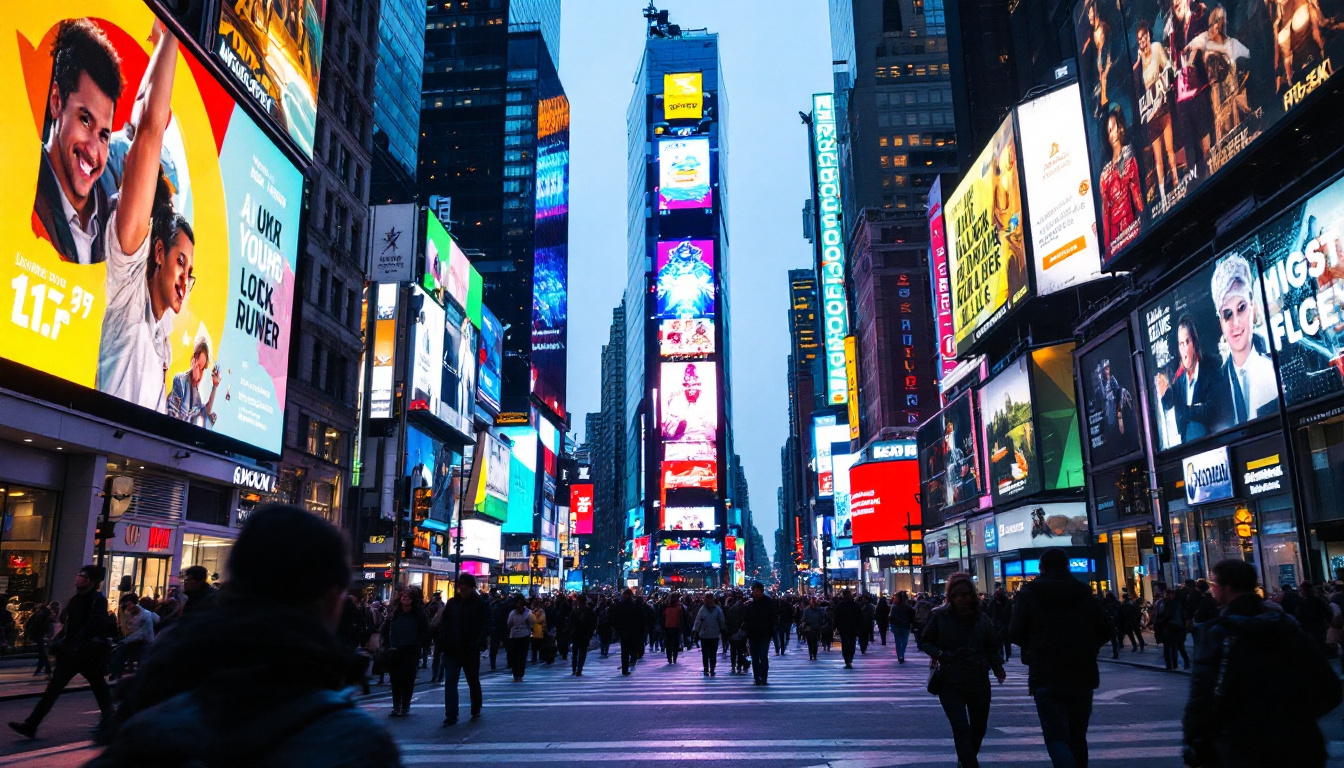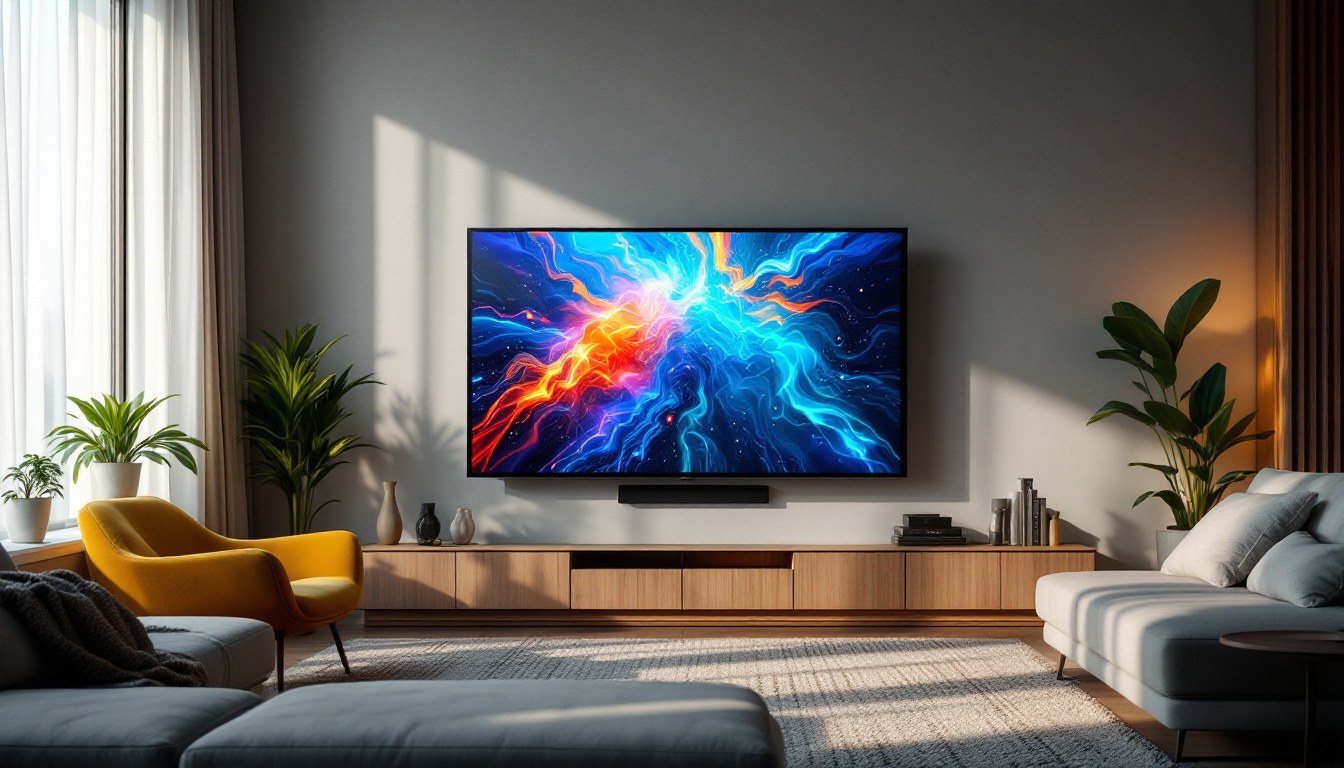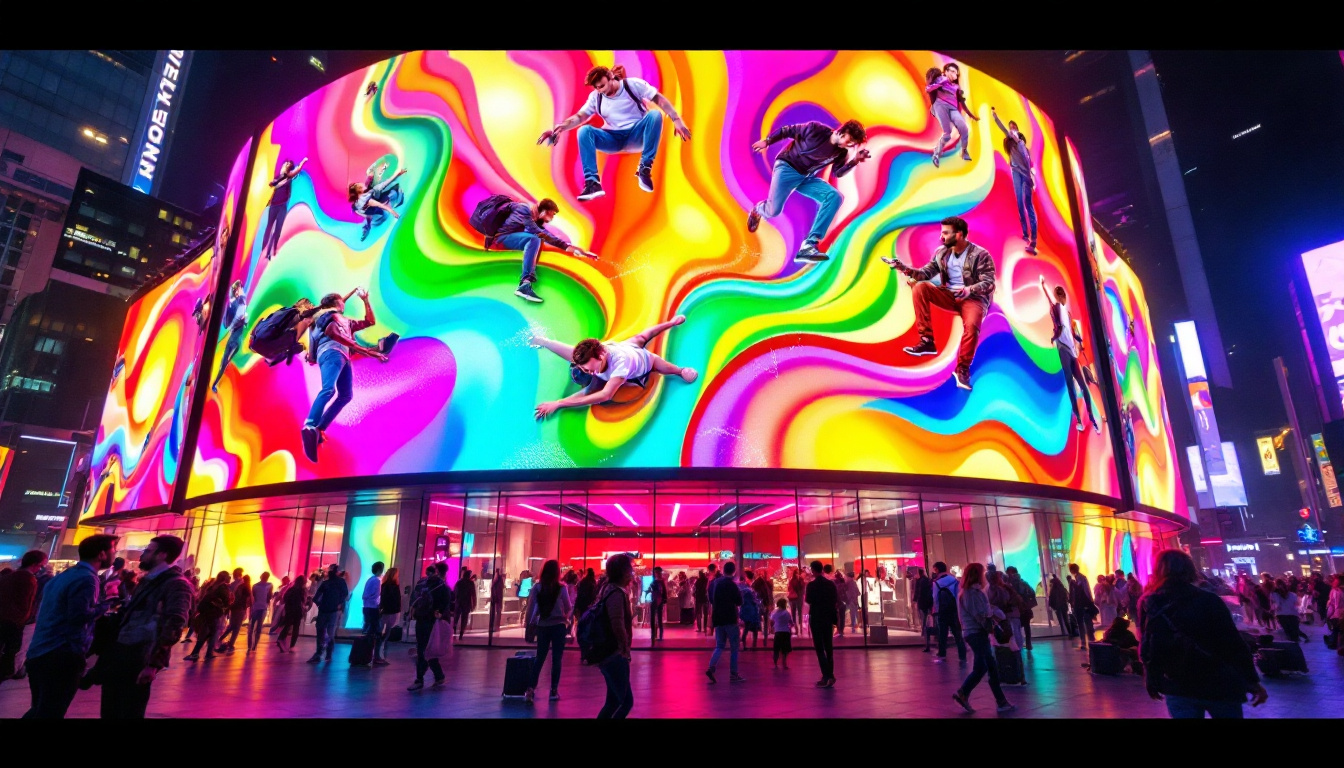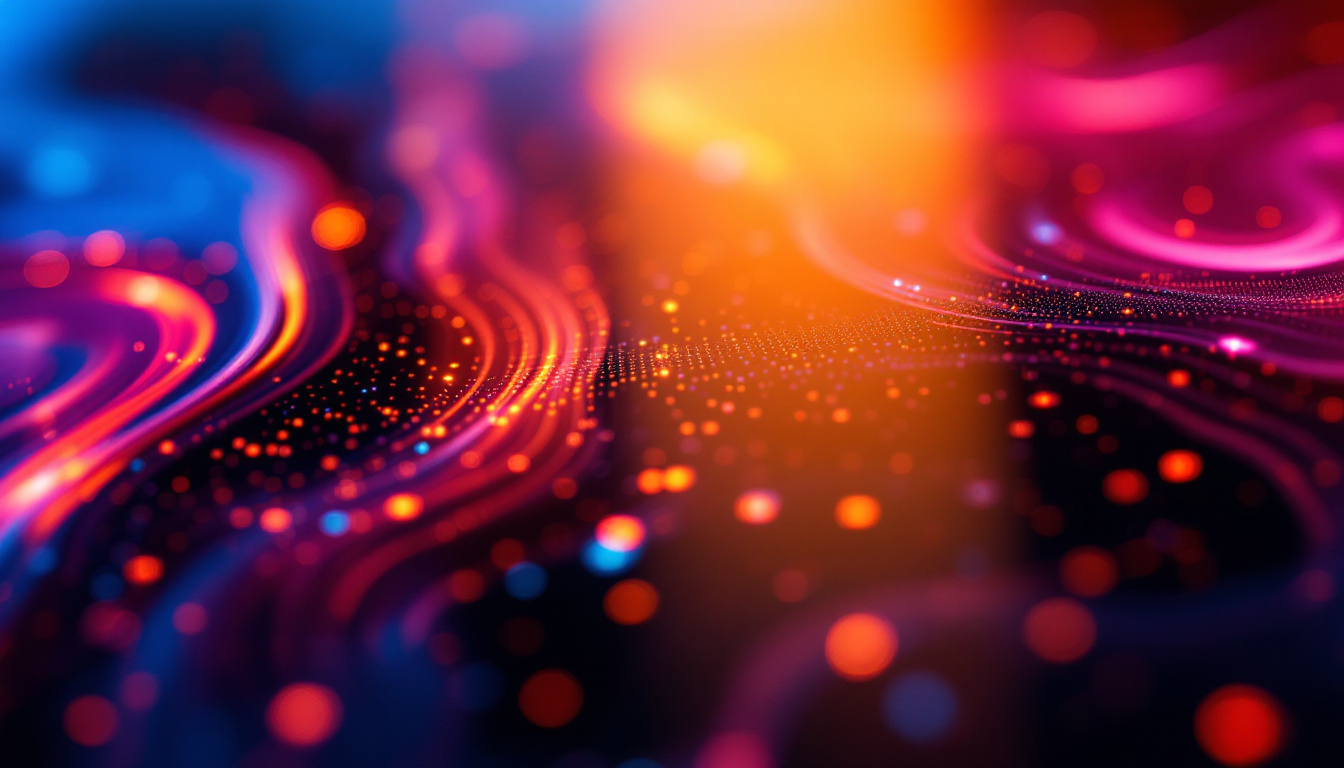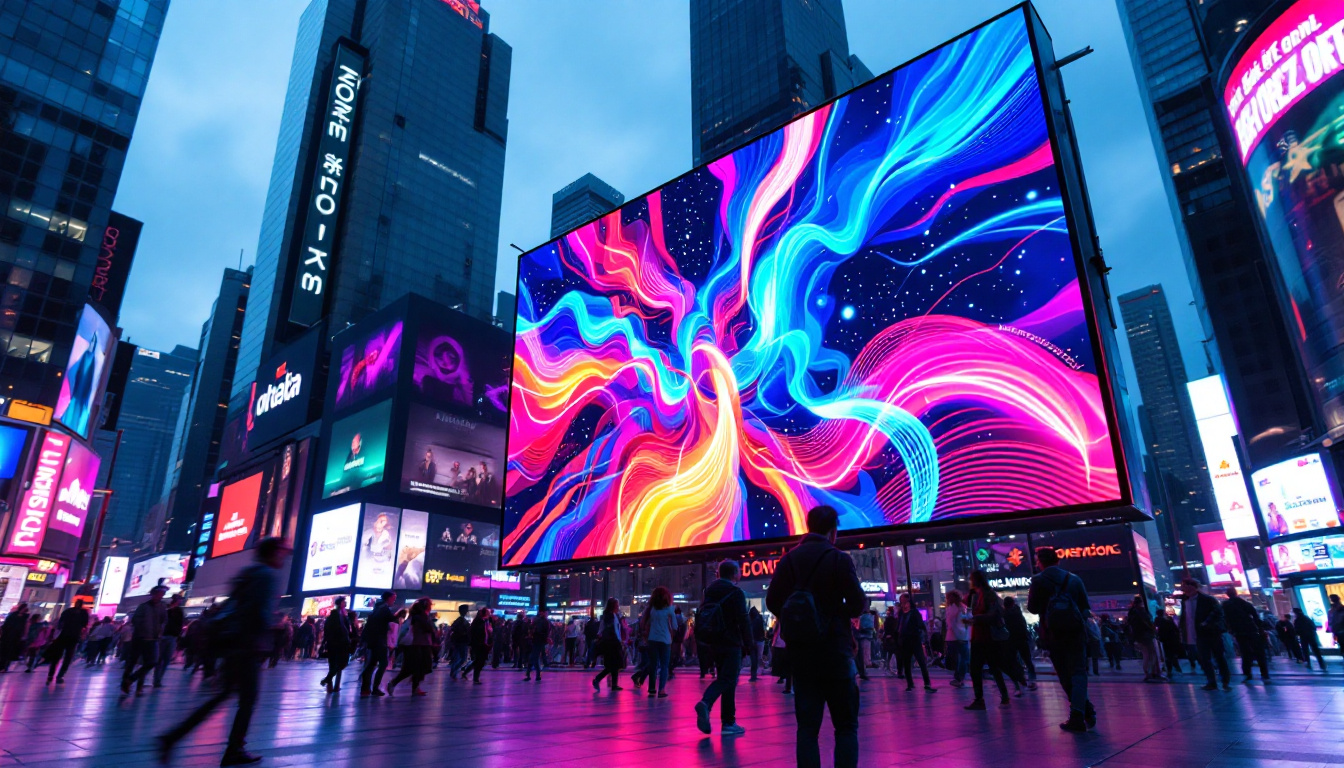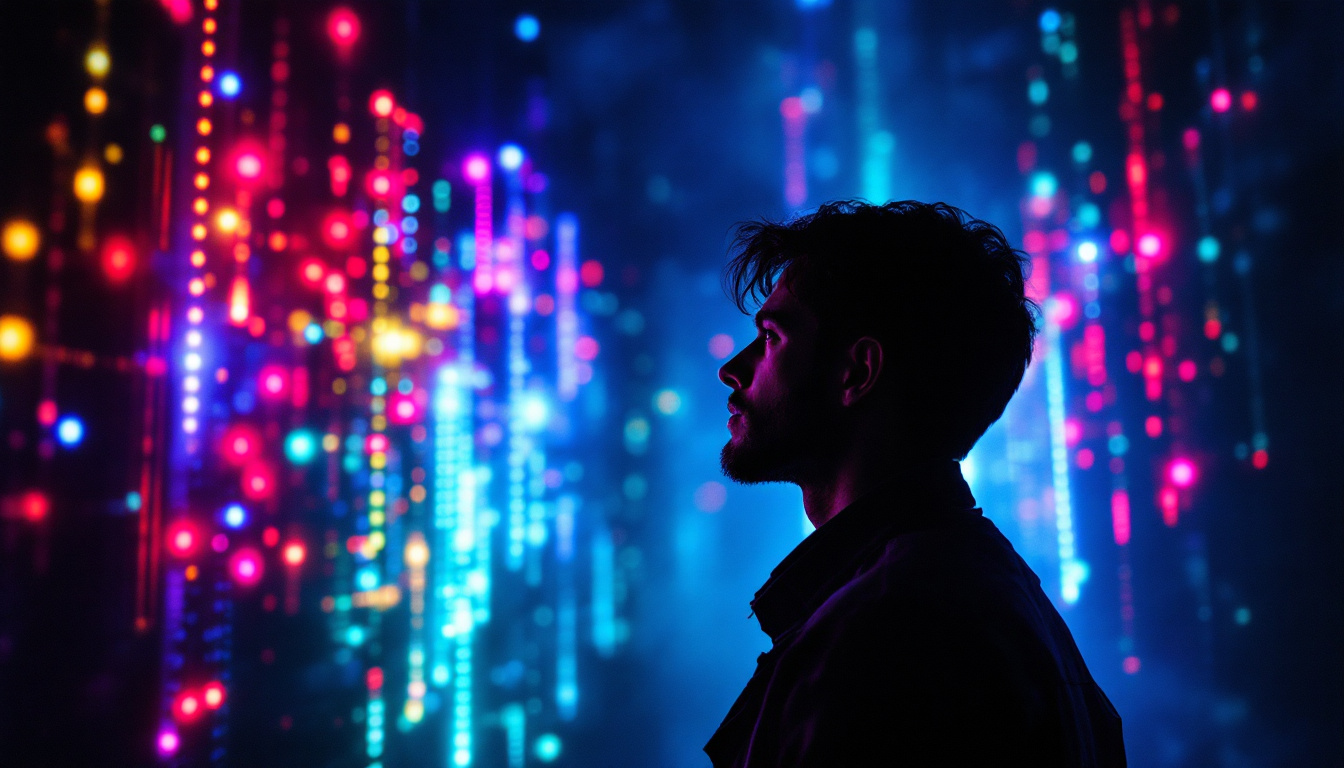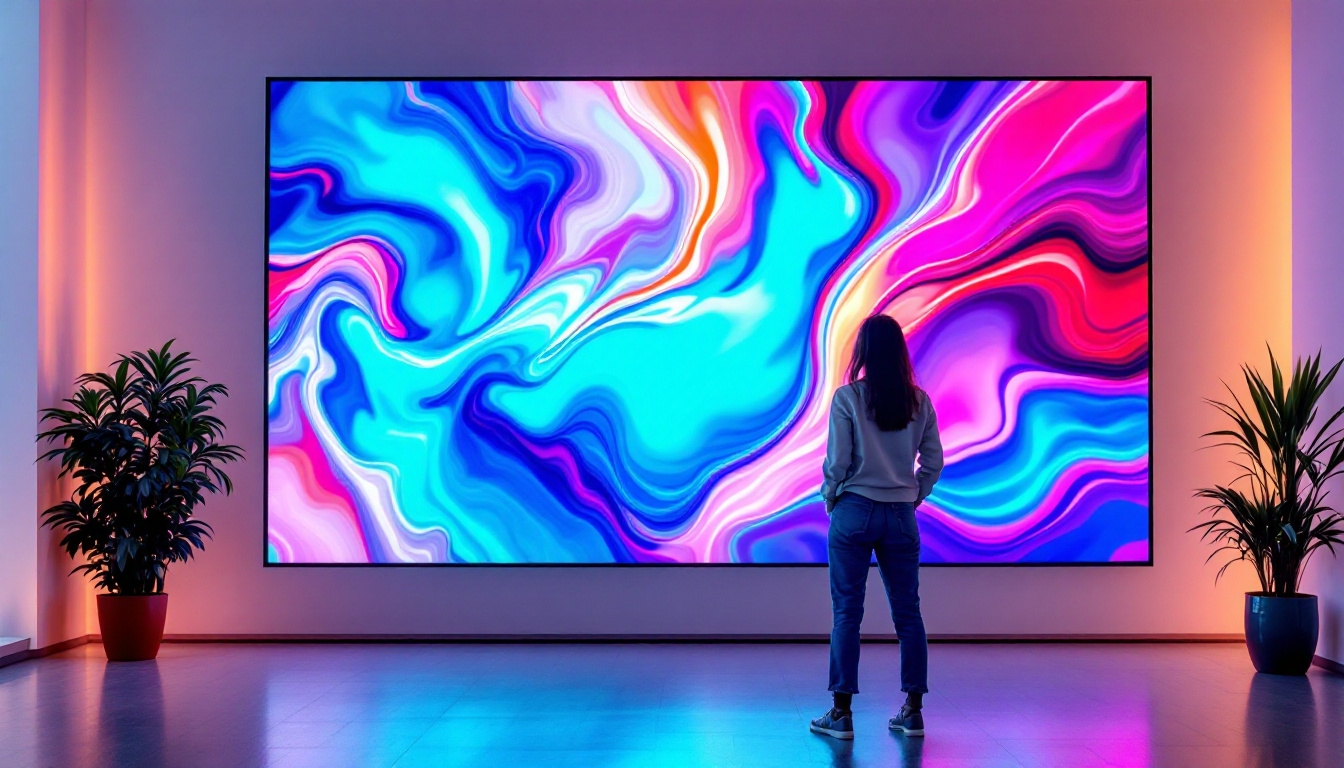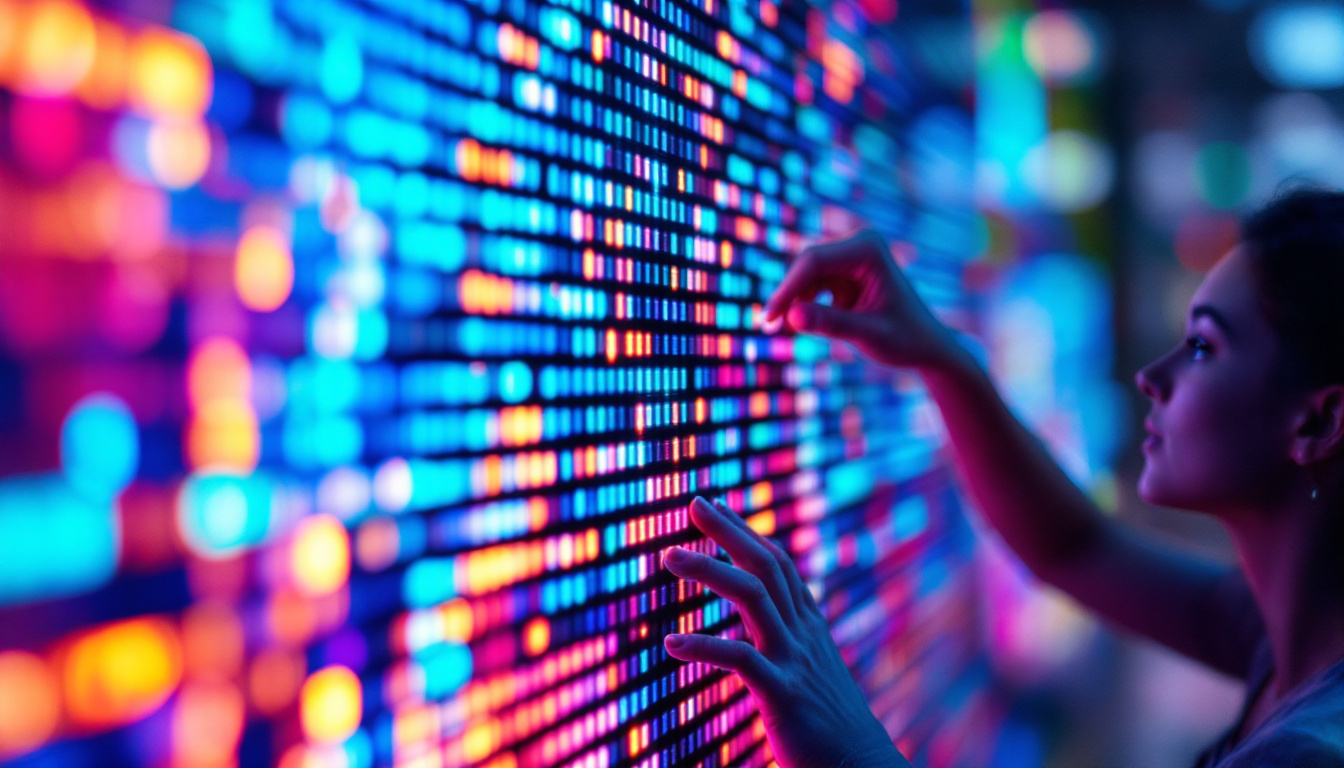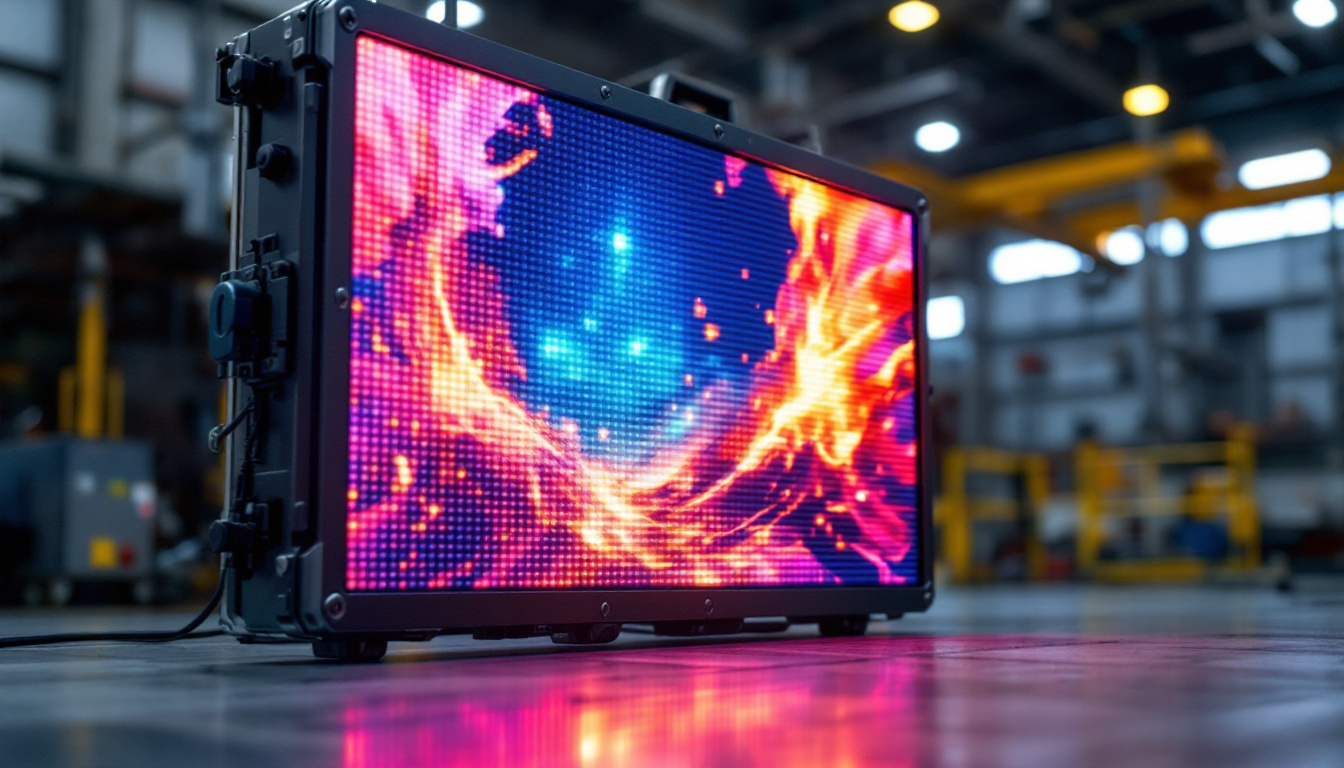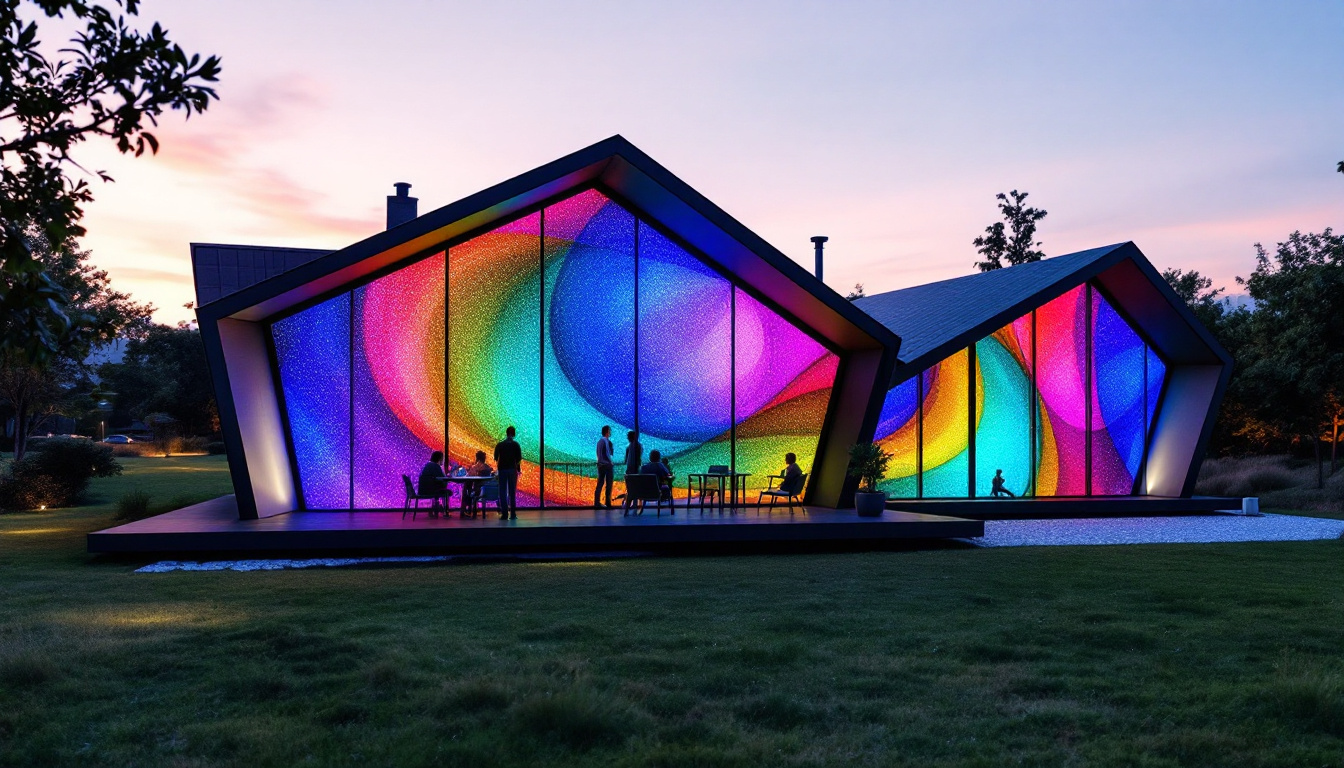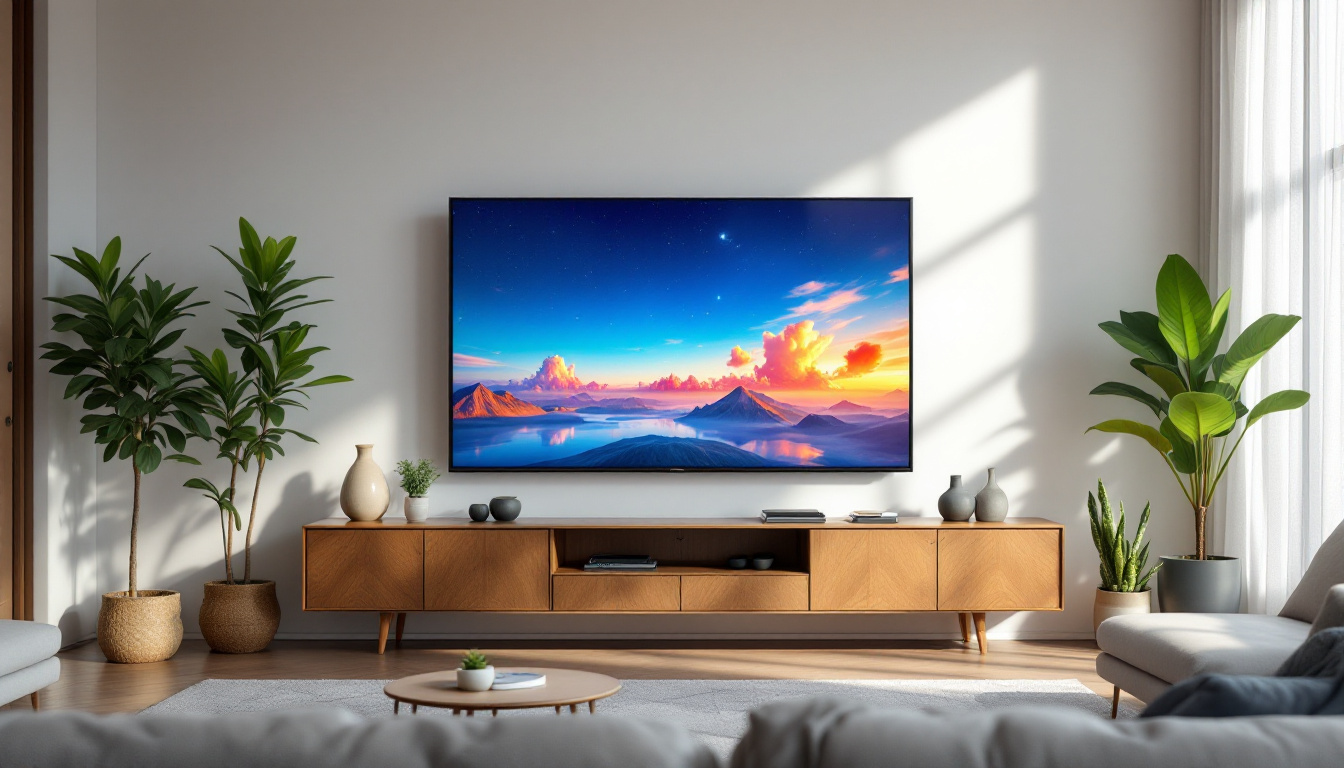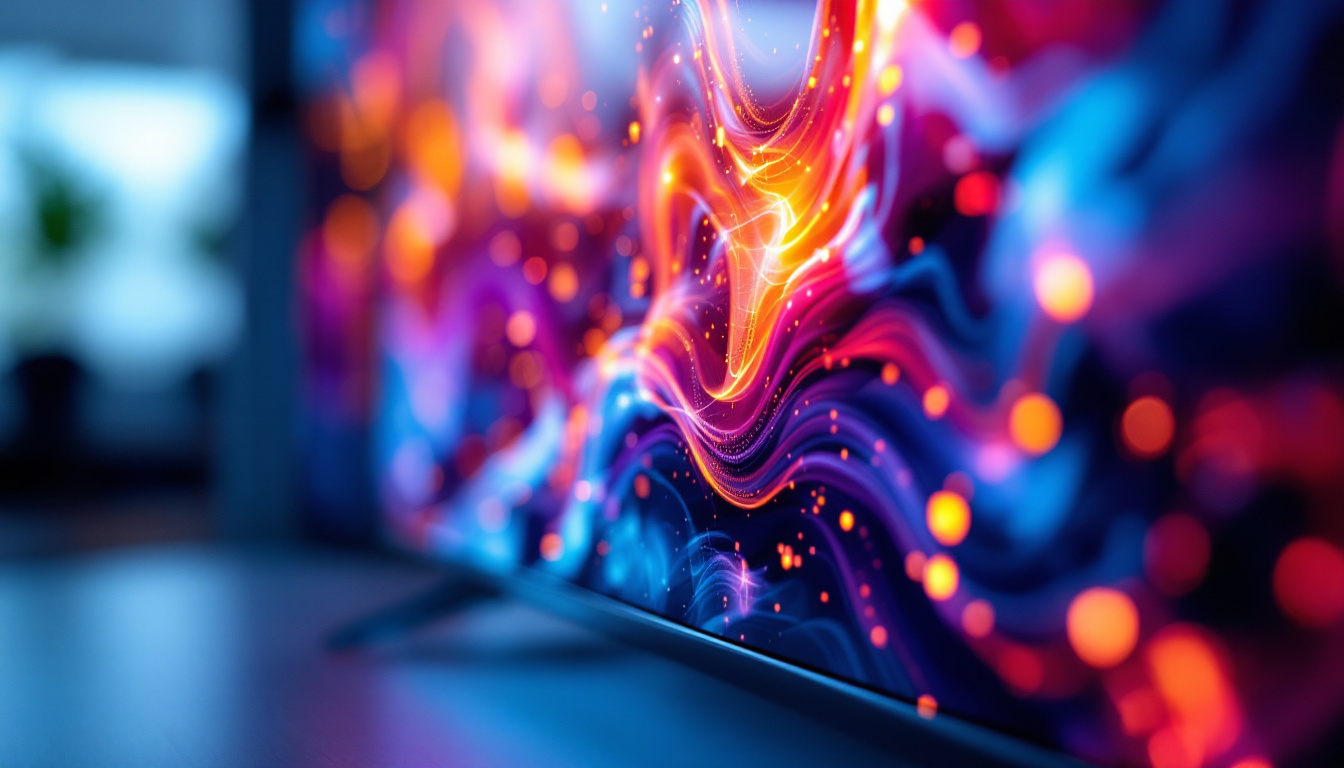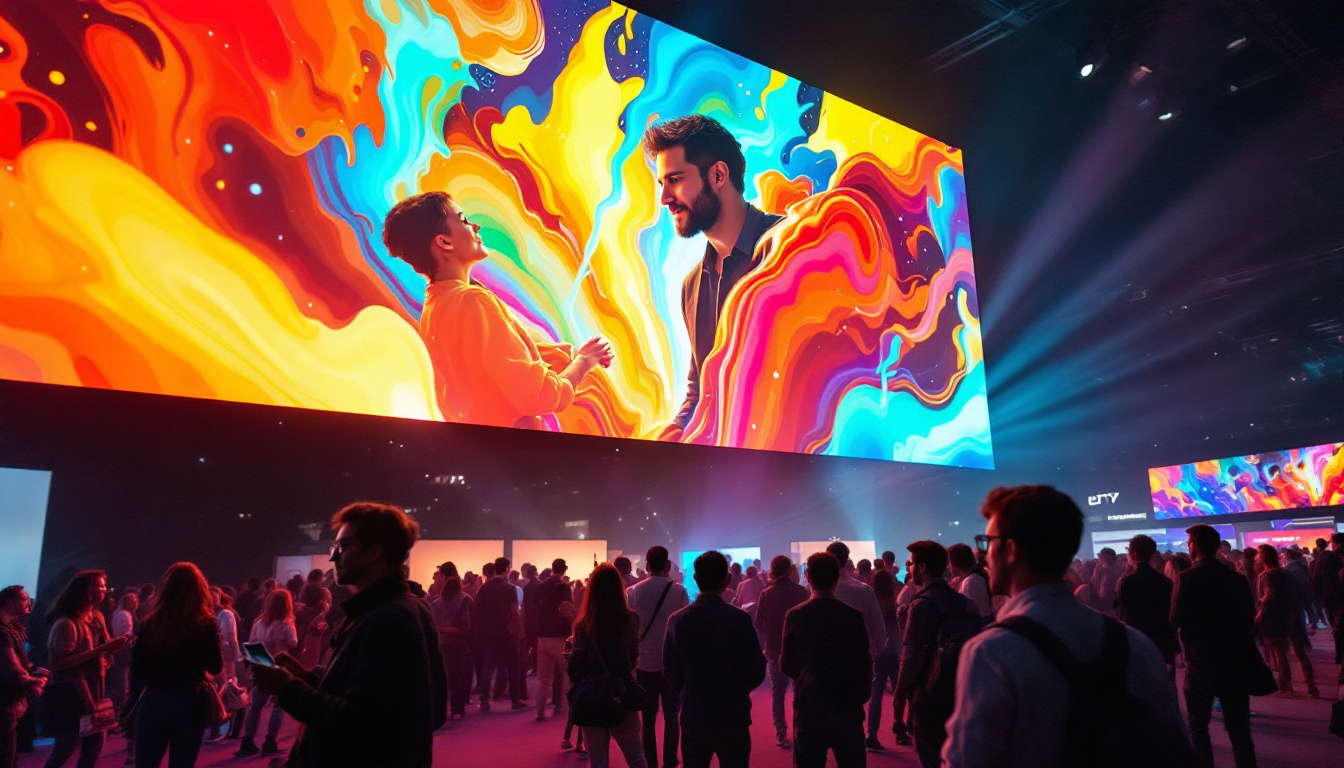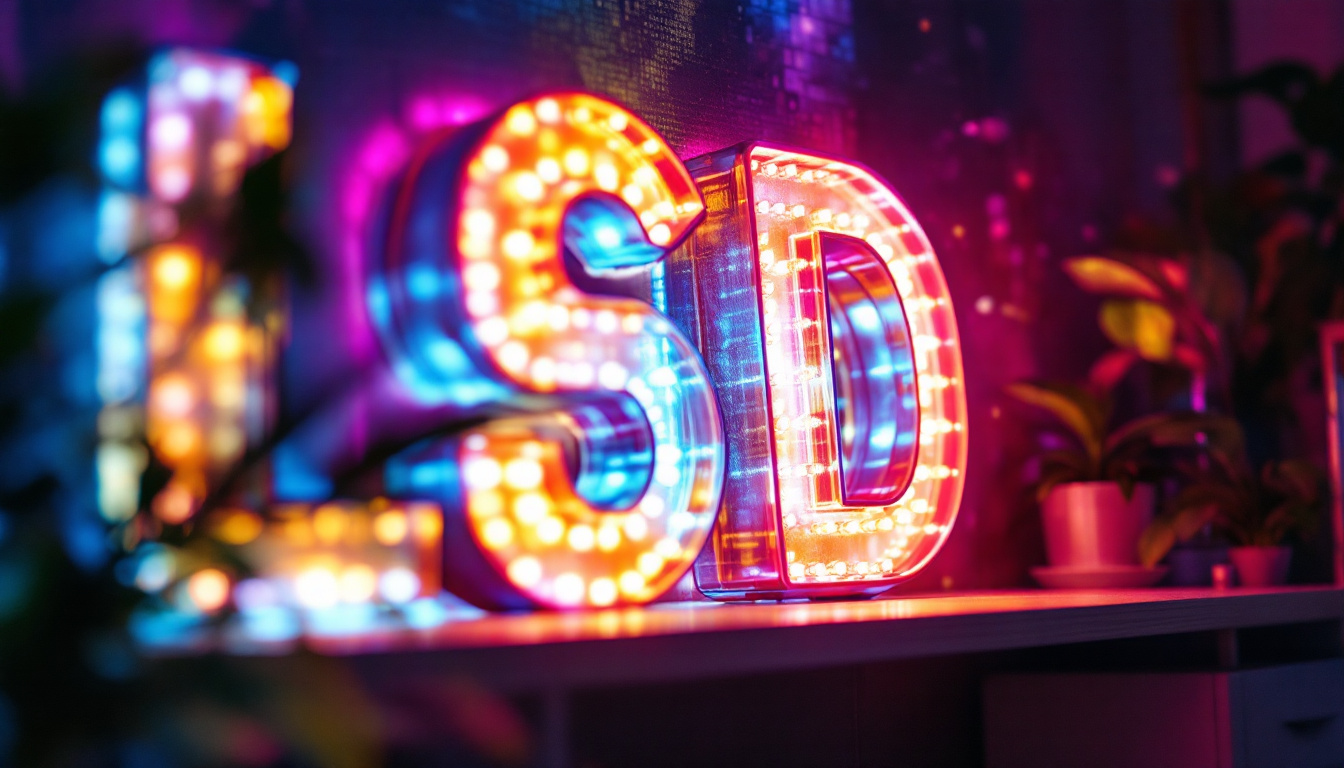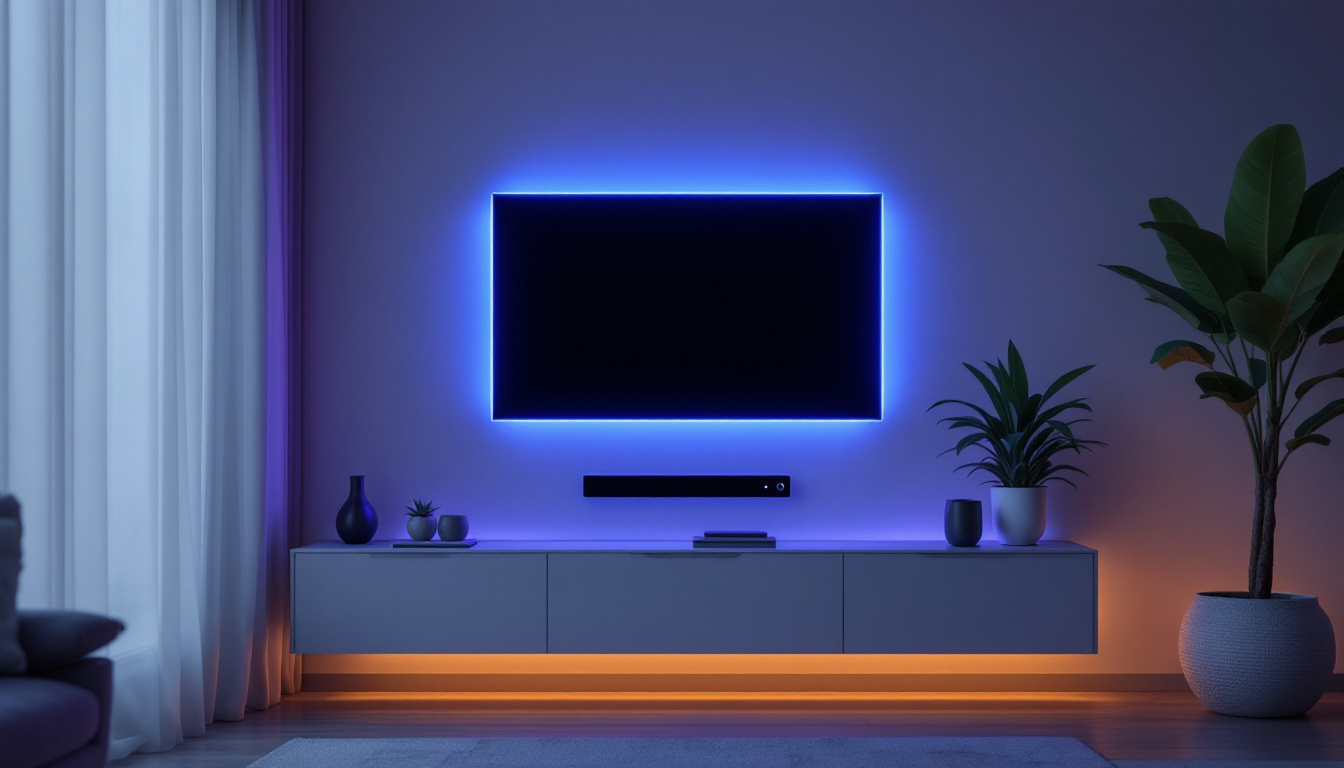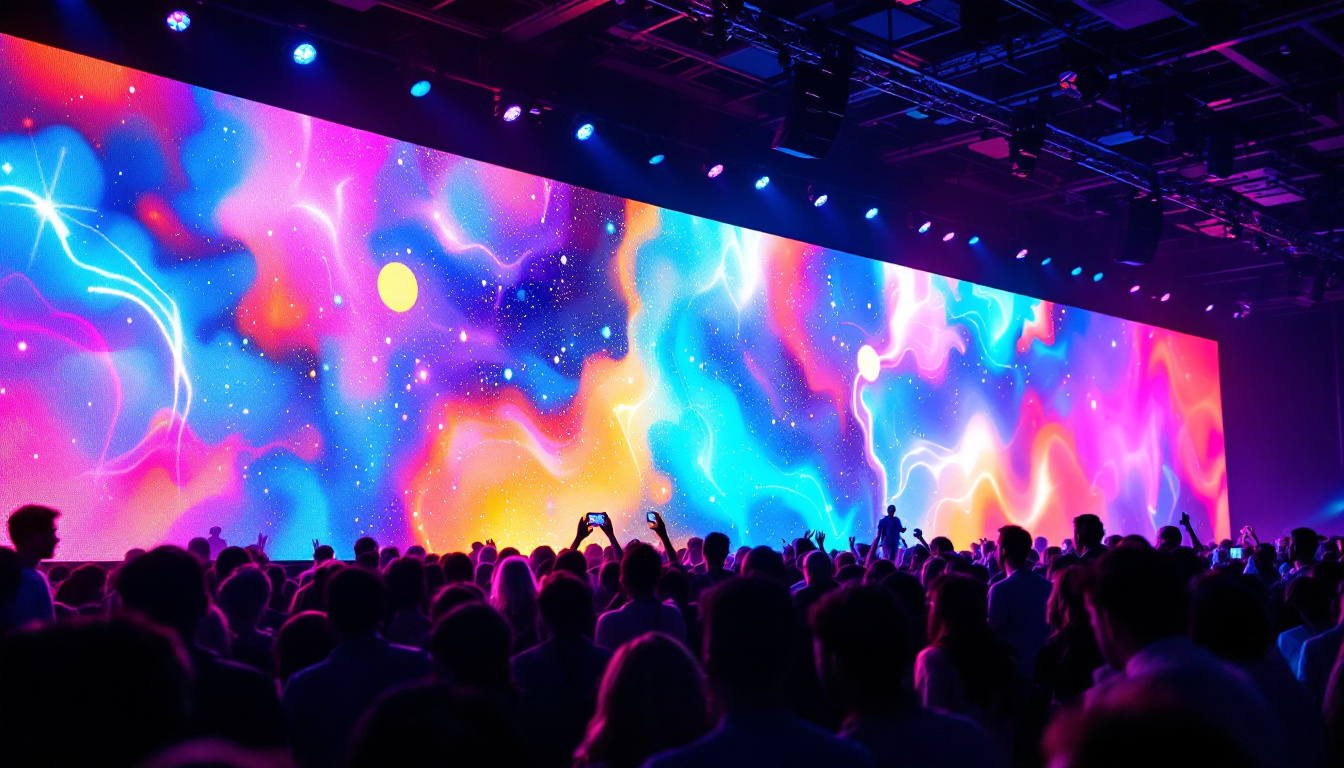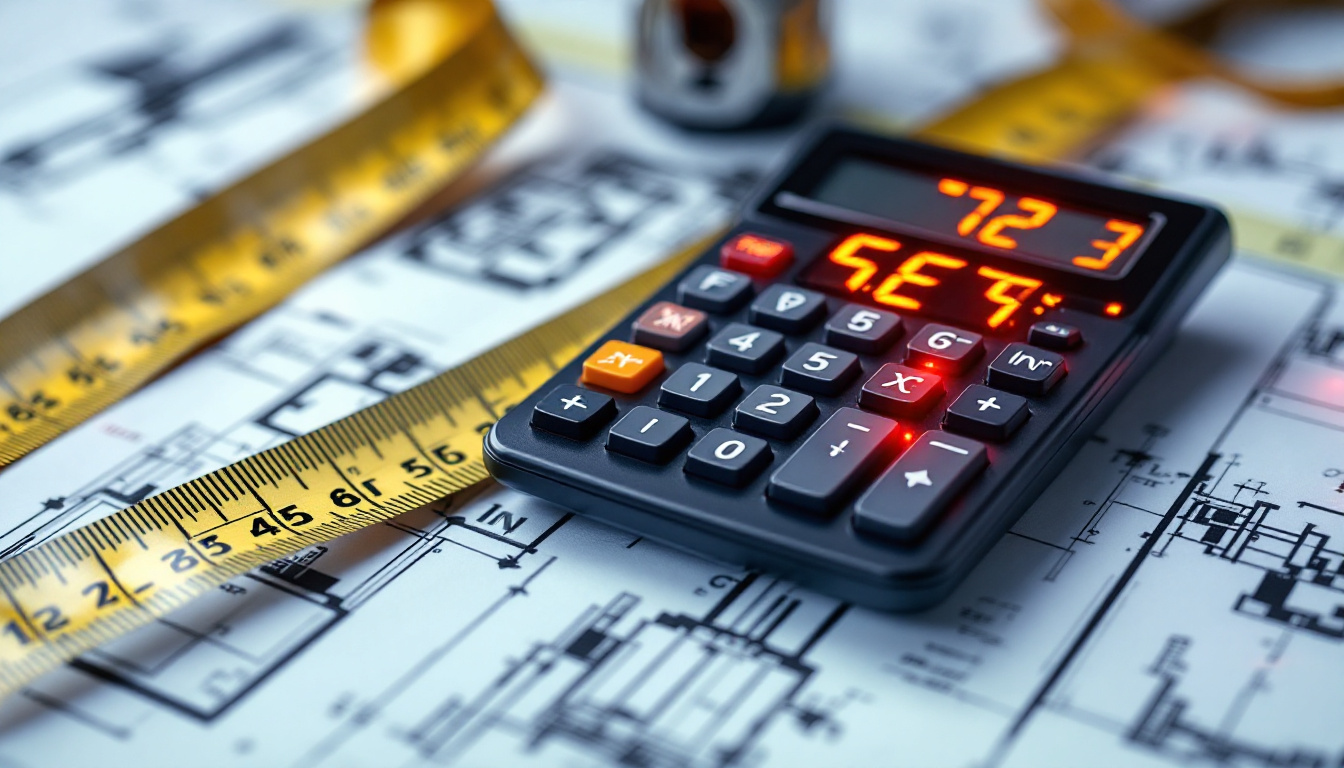In recent years, LED displays have revolutionized the way information is presented in various settings. From advertising to entertainment, these vibrant screens have become a staple in modern communication. This article delves into the intricacies of wall screen LEDs, exploring their technology, applications, and advantages.
Understanding LED Technology
Light Emitting Diodes (LEDs) are semiconductor devices that emit light when an electric current passes through them. This technology has advanced significantly, leading to the development of LED displays that are brighter, more efficient, and longer-lasting than traditional display technologies. The evolution of LED technology has not only transformed the way we view information but has also had a profound impact on energy consumption and environmental sustainability, as LEDs consume significantly less power compared to incandescent and fluorescent lighting.
How LED Displays Work
LED displays consist of numerous tiny LEDs arranged in a grid. Each pixel is made up of red, green, and blue (RGB) diodes, which combine to produce a wide spectrum of colors. When these pixels are illuminated in various combinations, they create the images and videos that are displayed on the screen. The intricate process of color mixing in LED displays allows for vibrant and dynamic visuals, making them a preferred choice for everything from televisions to digital billboards.
The brightness and clarity of LED displays are influenced by the quality of the diodes used, as well as the resolution of the display. Higher resolution screens have more pixels per square inch, resulting in sharper images and finer details. Additionally, advancements in LED technology have introduced features such as high dynamic range (HDR) and enhanced color accuracy, which further elevate the viewing experience by providing deeper contrasts and more lifelike colors.
Types of LED Displays
There are several types of LED displays, each designed for specific applications. The most common types include:
- Direct View LED Displays: These are large screens made up of individual LED modules. They are often used for outdoor advertising and large-scale events, providing high visibility even in bright sunlight due to their exceptional brightness levels.
- LED Video Walls: Composed of multiple smaller screens, video walls can create a seamless display of images and videos, making them ideal for concerts, conferences, and exhibitions. These setups allow for creative flexibility, enabling designers to craft immersive experiences that captivate audiences.
- Transparent LED Displays: These innovative displays allow light to pass through, making them suitable for storefronts and creative installations. They offer a unique way to showcase products while maintaining visibility into the space behind the display, merging the physical and digital worlds in a striking manner.
In addition to these types, there are also specialized LED displays designed for specific industries, such as automotive displays that provide real-time information to drivers or medical displays used in hospitals for monitoring patient data. The versatility of LED technology continues to inspire new applications, pushing the boundaries of what is possible in visual communication and entertainment.
Applications of Wall Screen LEDs
The versatility of LED displays makes them suitable for a wide range of applications across various industries. Their ability to deliver high-quality visuals in different environments has led to their adoption in numerous settings.
Advertising and Marketing
One of the most prominent uses of wall screen LEDs is in advertising. Retailers and businesses utilize these displays to showcase promotions, new products, and brand messages. The dynamic nature of LED screens allows for eye-catching animations and videos that can attract customers’ attention more effectively than traditional static signage.
Moreover, the ability to change content remotely and in real-time enables businesses to adapt their advertising strategies quickly, responding to market trends and customer preferences. This flexibility not only maximizes engagement but also allows for targeted advertising based on specific demographics or time-sensitive promotions, ensuring that the right message reaches the right audience at the right moment.
Entertainment and Events
In the entertainment industry, LED displays are integral to concerts, festivals, and sporting events. They provide vibrant visuals that enhance the audience’s experience, often used for backdrops, stage designs, and live video feeds. The flexibility of LED technology allows for creative installations that can be tailored to fit the theme of the event.
Additionally, LED video walls are commonly used in theaters and cinemas, providing high-definition visuals that immerse viewers in the story being told. These displays can also be synchronized with sound systems to create a cohesive audio-visual experience, elevating the overall impact of performances and screenings. As technology advances, we are likely to see even more innovative uses of LED screens in immersive environments, such as virtual reality experiences and interactive installations that invite audience participation.
Corporate and Educational Settings
In corporate environments, LED displays are utilized for presentations, meetings, and information sharing. They facilitate clear communication of data and ideas, enhancing collaboration among team members. Many companies also use LED screens for digital signage in lobbies and common areas, displaying important announcements and company news.
In educational institutions, wall screen LEDs serve as powerful teaching tools. They can display educational content, videos, and interactive materials, making learning more engaging for students. Moreover, their large format ensures visibility for all students in a classroom setting. The integration of LED technology into classrooms can also support remote learning initiatives, allowing educators to broadcast lectures and interactive sessions to students who may be participating from different locations. This adaptability not only enriches the learning experience but also prepares students for a future where digital literacy is paramount.
Advantages of Wall Screen LEDs
Choosing wall screen LEDs over traditional display technologies offers numerous advantages that contribute to their growing popularity. Understanding these benefits can help businesses and organizations make informed decisions about their display needs.
Energy Efficiency
One of the most significant advantages of LED technology is its energy efficiency. LED displays consume considerably less power compared to traditional LCD or plasma screens. This not only reduces operational costs but also lessens the environmental impact, making them a more sustainable choice for businesses.
Longevity and Durability
LED displays are known for their long lifespan, often lasting up to 100,000 hours or more. This durability is particularly beneficial for outdoor applications, where screens are exposed to harsh weather conditions. Their robust construction makes them resistant to shocks and vibrations, ensuring reliable performance over time.
High Brightness and Contrast
LED displays offer superior brightness and contrast ratios, making them suitable for a variety of lighting conditions. Whether in a dimly lit room or under bright sunlight, LED screens maintain visibility and clarity, ensuring that content is easily seen by viewers. This quality is especially important for outdoor advertising, where competing against natural light can be challenging.
Challenges and Considerations
While wall screen LEDs come with numerous benefits, there are also challenges and considerations that potential users should keep in mind. Understanding these factors can help in making informed decisions regarding the implementation of LED technology.
Initial Investment Costs
The initial cost of purchasing and installing LED displays can be significant. While prices have decreased over the years, high-quality LED screens still represent a considerable investment. Organizations must weigh the long-term benefits against the upfront costs to determine if LED technology is the right choice for their needs.
Maintenance and Upkeep
Although LED displays are generally low-maintenance, they do require regular upkeep to ensure optimal performance. This includes cleaning the screens, checking connections, and updating software. Organizations should factor in these maintenance requirements when planning their budgets and resources.
Content Management
To fully leverage the capabilities of LED displays, effective content management is crucial. Organizations need to develop a strategy for creating, scheduling, and updating content regularly. This may require additional training or hiring specialized personnel to manage the digital signage effectively.
Future Trends in LED Display Technology
The LED display industry is continuously evolving, with advancements in technology paving the way for new applications and possibilities. Staying informed about these trends can help organizations remain competitive and make the most of their display investments.
Increased Resolution and Pixel Density
As technology progresses, the demand for higher resolution displays continues to rise. Future LED displays are expected to feature increased pixel density, allowing for even sharper images and more detailed visuals. This trend will enhance the viewing experience, particularly for applications that require high-definition content.
Integration with Smart Technology
Smart technology integration is another significant trend in the LED display market. Future displays are likely to incorporate advanced features such as touch interactivity, connectivity with mobile devices, and integration with artificial intelligence (AI) for personalized content delivery. These innovations will create more engaging and interactive experiences for users.
Sustainability Initiatives
As environmental concerns grow, the LED display industry is focusing on sustainability initiatives. Future developments may include the use of eco-friendly materials, improved recycling programs, and energy-efficient designs. Organizations that prioritize sustainability will benefit from reduced environmental impact and enhanced brand reputation.
Conclusion
Wall screen LEDs have transformed the way information is communicated across various sectors. Their vibrant visuals, energy efficiency, and versatility make them an attractive option for businesses and organizations looking to enhance their messaging and engagement strategies. While there are challenges to consider, the advantages far outweigh the drawbacks, positioning LED technology as a leading choice for modern displays.
As technology continues to advance, the future of LED displays looks promising, with innovations that will further enhance their capabilities and applications. Embracing this technology can lead to improved communication, increased customer engagement, and a stronger presence in the competitive marketplace.
Illuminate Your Space with LumenMatrix
Ready to elevate your visual communication and create an unforgettable experience? Discover the innovative world of LumenMatrix LED display solutions. From vibrant Indoor and Outdoor LED Wall Displays to dynamic Vehicle and Sports LED Displays, LumenMatrix offers a comprehensive range of products designed to captivate your audience. Whether you’re looking to make a statement with a Custom LED Display or seeking the sleek appeal of a Transparent LED Display, LumenMatrix has the technology to bring your vision to life. Check out LumenMatrix LED Display Solutions today and transform your messaging into a visually stunning narrative.

